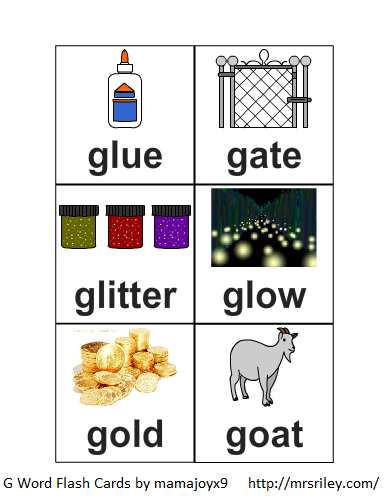Ideas for learning with Flashcards

Pairs
Use a set of image and word cards to play pairs (also known as Pelmanism). You might want to get the learners to do a simple matching activity before you play, to consolidate understanding.
Sorting activities
Learners sort the cards into categories/groups and explain their choices, their reasoning and the connections between the items. The items could sort into groups, a table, Venn diagram, or flow diagram for example.
Bingo
Choose a grid size e.g. 3x3, 3x4, 4x4. Fill the grid with picture cards, word cards or a mixture. You could let the learners choose, or choose the cards for them. Put the remaining cards in a bag or pile and you or a learner selects in turn. The winner is the first player to complete a line/the whole grid. You might want to get the learners to do a simple matching activity before you play, to consolidate understanding. It is a good idea to model a relevant structure you would like the learners to say correctly in order to be allowed to put a card in the grid, e.g. ‘It’s a river’ / ‘They’re cliffs’, or ‘I like …’ / ‘I don’t like …’
Connect 4
Connect 4 is a bit like Bingo, but for two players, played on one board of 8x8. Players have a set of cards each, of different colors, and have to make a line of four.
Snap
With cards in two piles, players take it in turns to turn over a card. If the cards match, the player who shouts ‘snap’ (or the word/phrase you are trying to practice) first keeps the cards in the pile.
Odd one out
Sort the cards into groups, with one ‘odd one out’. Groups identify the ‘odd ones out’ and explain their reasoning.
Source: https://eal.britishcouncil.org/teachers/great-ideas-flashcards

